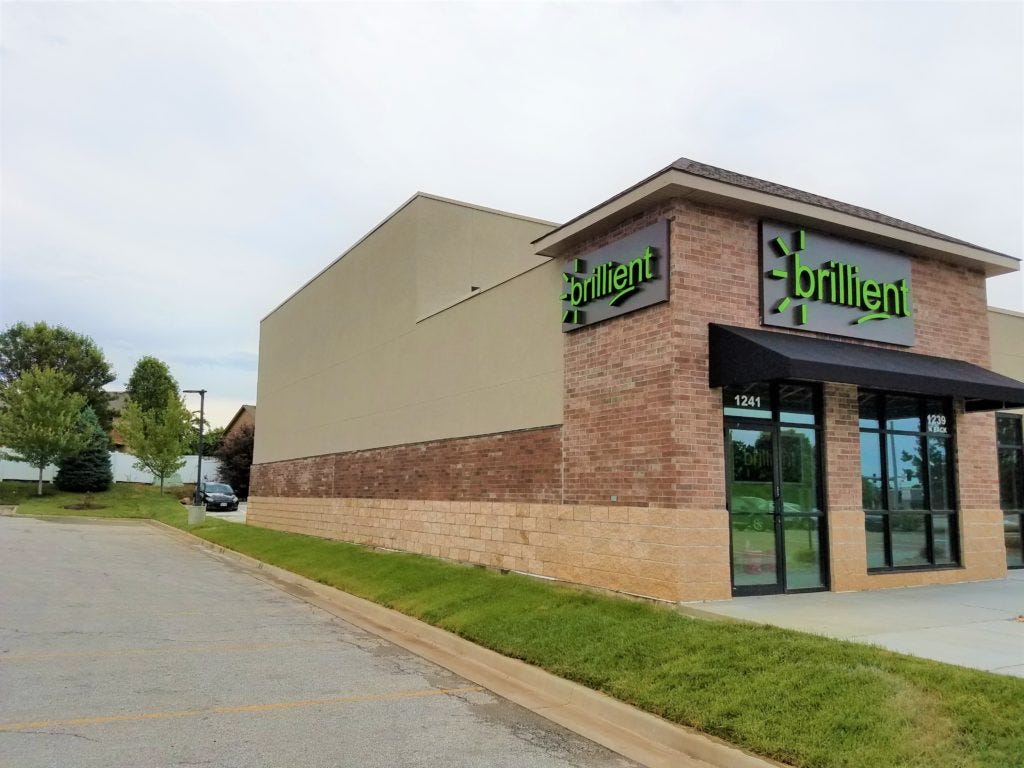06/13/2025: Employer Fails to Rebut Single-Facility Presumption
Just one case today.
Brillient Corporation, 14-RC-365103 (Regional Election Decision)
In this decision from June 12, 2025, NLRB Regional Director Andrea J. Wilkes determined that a single-facility bargaining unit limited to employees at Brillient Corporation's Lee's Summit, Missouri facility is appropriate for collective bargaining purposes.
Local 778, International Association of Machinists and Aerospace Workers, AFL-CIO filed a petition seeking to represent all full-time and regular part-time General Clerks, Data Entry Operators, Shippers/Packers, and Auditors employed at the Lee's Summit Facility. The employer argued that the only appropriate unit would include employees at both the Lee's Summit Facility and the Overland Park, Kansas Facility, which is approximately 23 miles away.
The Regional Director applied the Board's long-established presumption that a single-facility unit is appropriate unless it has been so effectively merged or functionally integrated that it has lost its separate identity. The party opposing the single-facility unit bears the heavy burden of rebutting its presumptive appropriateness.
The Director examined five factors in determining whether the single-facility presumption had been rebutted:
Central control over daily operations and labor relations, including local autonomy
Similarity of employee skills, functions, and working conditions
Degree of employee interchange
Distance between locations
Bargaining history (if any)
Regarding the first factor, the Director found that despite certain centralized control (including HR policies, handbooks, wages, benefits, and training), local supervisors maintained significant autonomy in key areas like issuing lower-level discipline and participating in hiring decisions. The evidence showed local control for internal job postings and issuing lower-level discipline under the progressive disciplinary system. Even for centralized functions like external hiring and higher-level discipline, local supervisors were involved at the initial stages.
For the second factor, the Director acknowledged that employees at both facilities shared identical skills, functions, and working conditions, which weighed in favor of a multi-facility unit. However, the Director noted that the integration of facilities in substantial respects is not conclusive when other considerations support a single-facility unit.
The third factor, employee interchange, strongly favored a single-facility unit. While the Employer provided examples of work being transferred between facilities, employees generally did not follow the transferred work. Instead, employees assigned to each facility consistently reported to their assigned location. The Employer only demonstrated permanent transfers of employees (due to promotions or employee requests), not temporary interchange of employees between facilities.
The 23-mile distance between the facilities (the fourth factor) further supported the appropriateness of a single-facility unit, particularly given the conclusions on the first three factors.
The fifth factor, bargaining history, was neutral as there was no history of collective bargaining at either facility.
Based on this analysis, the Regional Director concluded the Employer had failed to rebut the single-facility presumption. The Director ordered an election to be held on June 30, 2025, for employees in the petitioned-for unit at the Lee's Summit Facility.
Significant Cases Cited
Trane, 339 NLRB 866 (2003): Established factors for determining whether the single-facility presumption has been rebutted.
California Pacific Medical Center, 357 NLRB No. 21 (2001): Clarified that substantial centralized control over some labor relations policies is not inconsistent with sufficient local autonomy supporting a single-facility unit.
Hilander Foods, 348 NLRB 1200 (2006): Established that the primary focus in analyzing central control is the control that facility-level management exerts over employees' day-to-day working lives.
Rental Uniform Service, Inc., 330 NLRB 334 (1999): Found a single-facility unit appropriate despite centralization and similarity of employee skills when immediate supervisors issued oral warnings, granted leave requests, and participated in hiring and discharge decisions.
Starbucks Corp., 371 NLRB No. 71 (2022): Determined that limited and infrequent interchange (two percent of shifts) did not establish regular or frequent interchange with employees in other locations.

